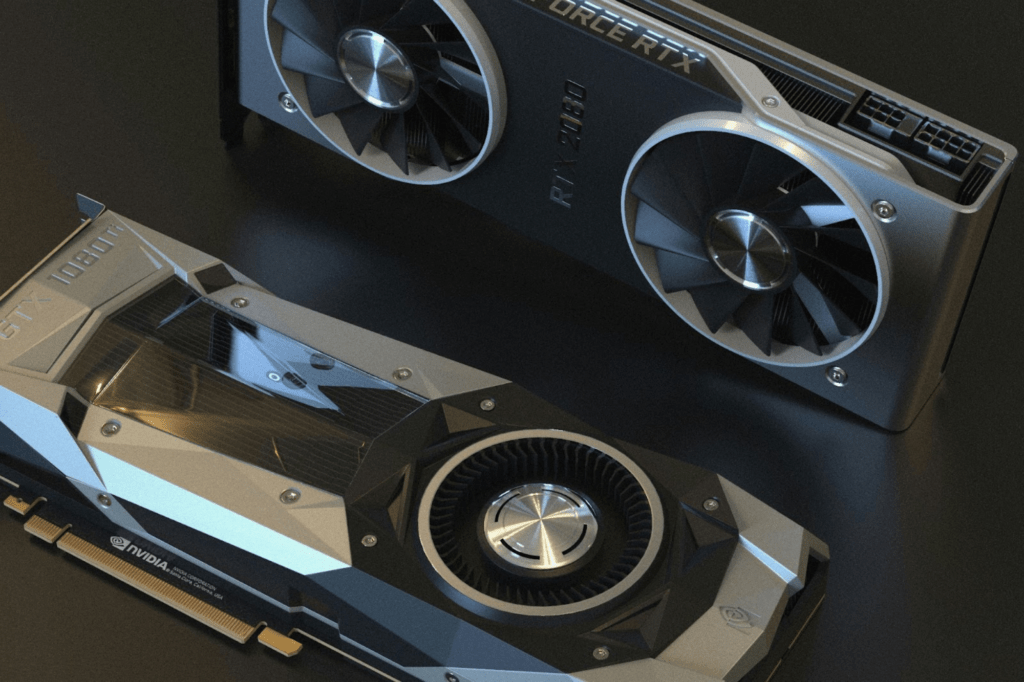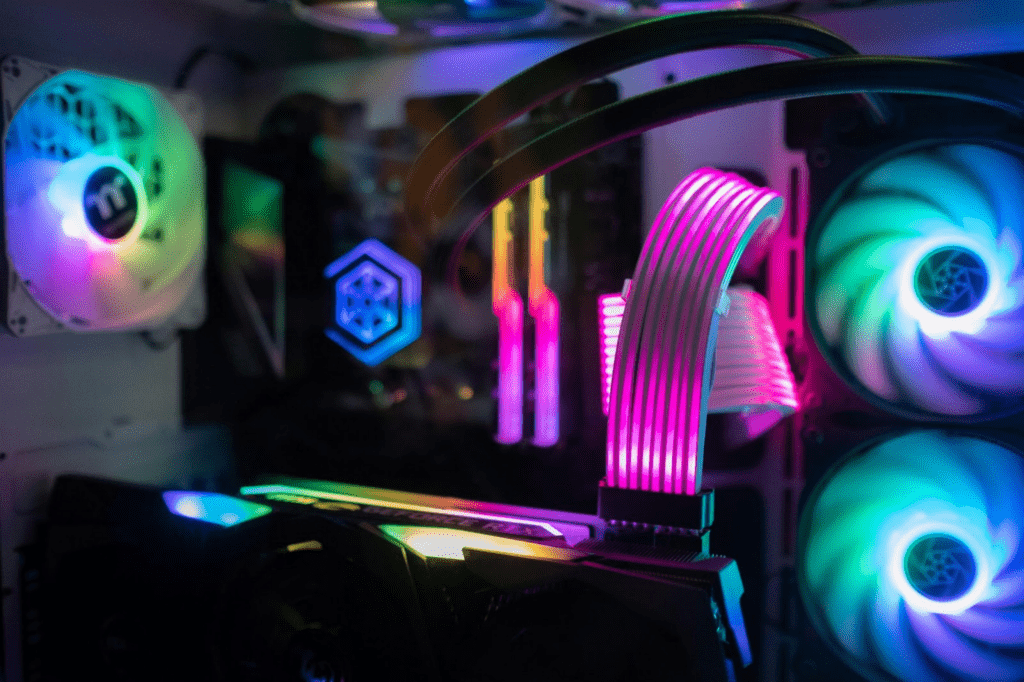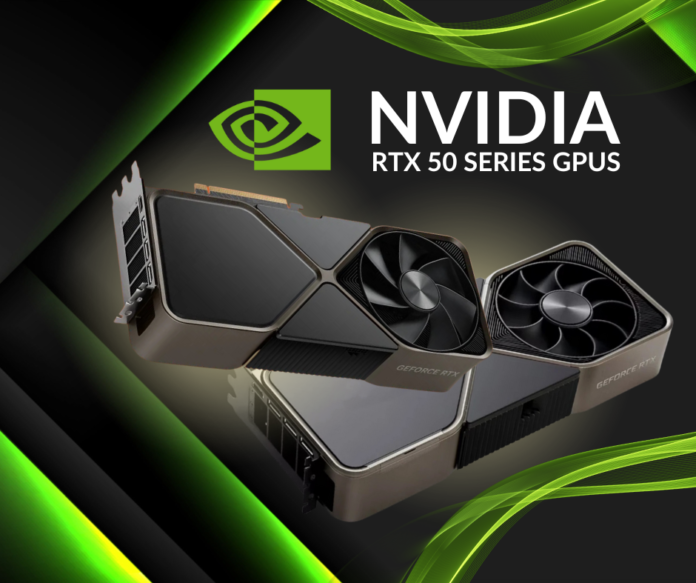Nvidia has just unveiled its latest generation of graphics cards, the GeForce RTX 50 series, which improves the visual experience of players and content creators. It offers an unprecedented artificial intelligence experience, designed to improve performance in games, creative applications, productivity and development projects.
Thanks to the integration of dedicated AI processors, these graphics cards provide advanced AI technology accessible directly on WindowsPC. The Nvidia Studio ecosystem also makes it possible to release all the creative potential.
Performances and capacities of the GeForce RTX 50 Series

Today, more than 700 games and popular applications take advantage of RTX technology to deliver ultra-realistic graphics, powerful performance as well as IA-based innovations such as DLSS and multi-images generation.
A solid technical sheet, but promises to check
Among the announced flagship new features, we find:
- The DLSS 4, new iteration of the IA super-sample system, supposed to offer a considerable gain in fluidity.
- The SLR technology 2, with the Frame Warp function, which promises a still reduced latency for lovers of e-sport competitions.
- Improved management of Ray Tracing, with the Ray reconstruction function, for a more realistic rendering of light and shadows.
Thanks to the power of the GeForce RTX RTX 50 Series, it is possible to take advantage of fluid and detailed graphics, whether for light games like 3D slot machines described on https://www.slotozilla.com/fr/slot-ttypes/3d , fast action titles such as competitive FPS, solid role-playing games with open worlds or realistic.
In theory, these advances position the RTX 50 as a choice card for all uses, from triple video game to to assembly or 3D modeling software. However, as often, real performance will depend on the software optimizations and the ability of developers to take full advantage of these technologies.

GeForce RTX 50 Series: A graphics card powered by artificial intelligence
The DLSS has neural rendering technology using AI. Concretely, this allows:
- Increase the number of images per second
- Reduce latency
- Improve graphic quality
Comparison with the RTX 40 series
| Features | GeForce RTX 40 Series | GeForce RTX 50 Series |
| Architecture | Ada Lovelace | NVIDIA Blackwell |
| IA power | Efficient, with tensor cores 4ᵉ gen | More impressive, hearts tensor 5ᵉ gen |
| DLSS technology | DLSS 3 | DLSS 4 with Multi-Image Generation |
| Graphic fidelity | Very high | Exceptional, with Ray reconstruction |
| Image generation speed | High | Unpublished acceleration |
| Reactivity (Nvidia Reflex) | Optimized | Improved with Frame Warp |
| Availability / stocks | More stable | Possible shortage |

A possible tension on upcoming stocks?
For several generations, the availability of NVIDIA graphics cards remains a sensitive subject as explained https://www.clubic.com/actualite-563634-geforce-rtx-serie-50-super-deja-les-premieres-infos-vers-aUgmentation-de-la-vram.html . If the GeForce RTX 50 series has experienced a difficult launch with limited stocks for high -end models, the situation seemed to improve for mid -range versions like RTX 5070.
However, a rumor suggests that Nvidia could soon reduce the production of gaming graphics cards. This decision would be linked to a prioritization of the manufacture of fleas for the more lucrative artificial intelligence markets to the detriment of the gaming segment.
If this hypothesis is confirmed, it could cause a new shortage, affecting the availability and prices of the GeForce RTX (see the article https://www.lesnumeriques.com/carte-graphique/le-prix-des-geforce-rtx-serie-50-de-nvidia-vont-etre-fou-surtout-for-la-geforce-rtx-5090-N227519.html ) in the coming months.




